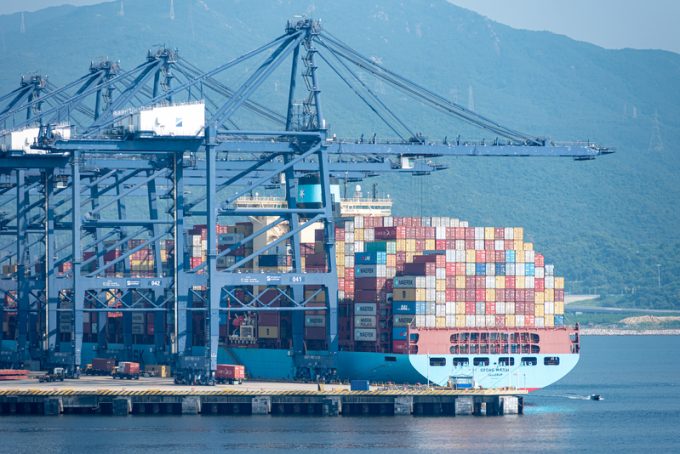'It’s healthy competition' Maersk tells forwarders bidding for same business
Maersk said the “competition is on”, when asked what the future was for forwarders in ...

A Red Sea crisis resolution could be far more dramatic for container lines than if their re-routings continue well into the year, senior Maersk executives have suggested.
During yesterday’s earnings call, Maersk outlined how freight rates and industry capacity were expected to be affected if container ships were suddenly able to transit the Red Sea and Suez Canal this quarter, versus a full year of disruption.
Chief financial officer Patrick Jany described Maersk’s guidance as “two extreme scenarios”, and admitted that ...
Volcanic disruption at Anchorage could hit transpacific airfreight operations
Shippers snap up airfreight capacity to US ahead of tariff deadline
New price hikes may slow ocean spot rate slide – but for how long?
Tighter EU import requirements proving 'a challenge' for forwarders
Supply chain delays expected after earthquake hits Myanmar
Forwarders stay cool as US 'liberation day' tariffs threaten 'global trade war'
Looming Trump tariffs will create 'a bureaucratic monster' for Customs

Comment on this article
Rajeev Kathuria
February 18, 2024 at 10:05 amSince the Ocean Freight may soften, it would be Carrier to win the Loyalty of the customer must give the CASH BACK for the Surcharges which they levied during the Red Sea situation